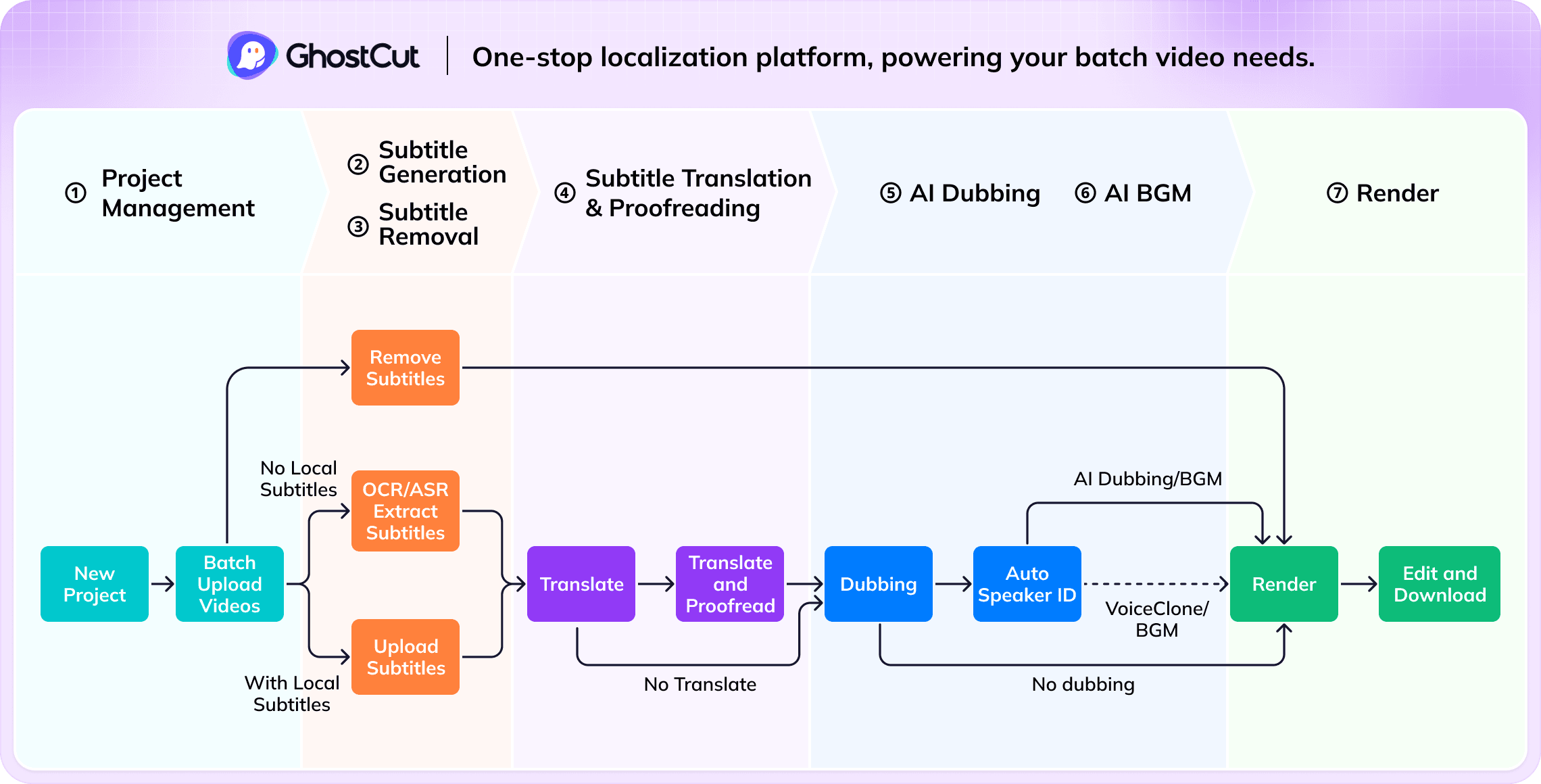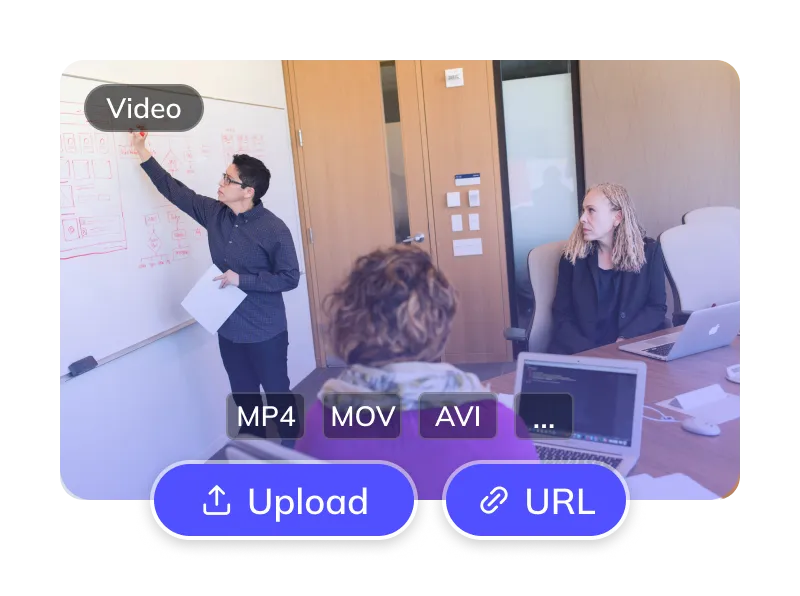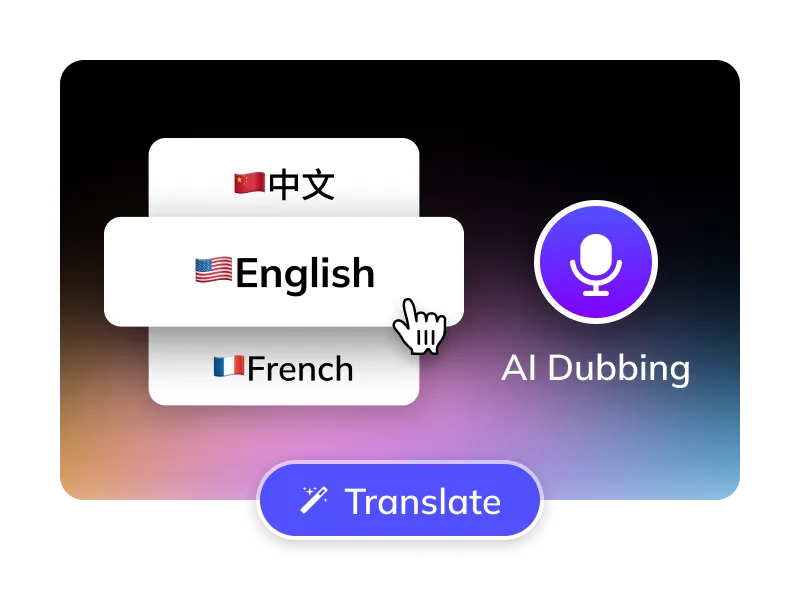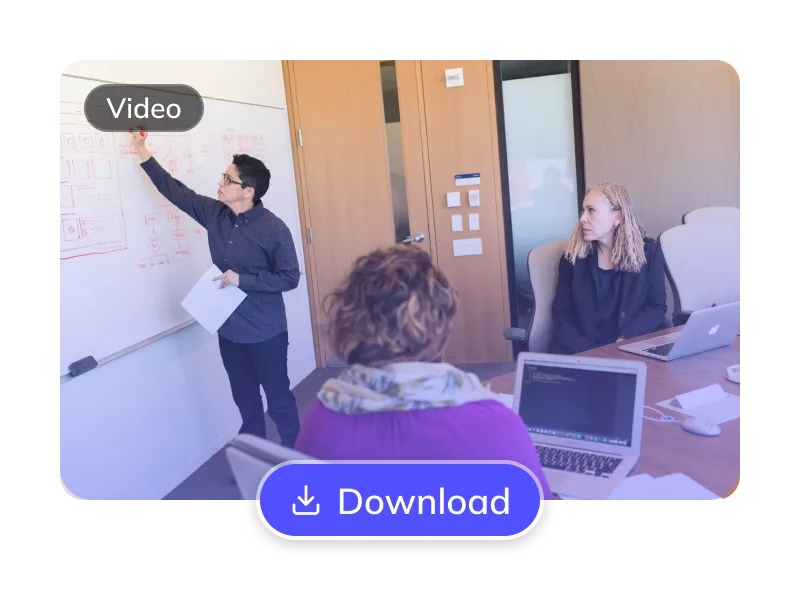How to Translate Bilibili Videos to English ?
Translate Bilibili Videos to Japanese in 3 Easy Steps
Trusted by 1,500,000+ Global Creators and Businesses
Why GhostCut for Your Video Translations?
GhostCut is your all-in-one AI solution for translating Bilibili content into natural, engaging Japanese.
Effortless Project Management
Manage Bilibili assets, subtitles, & Japanese videos. Batch process projects efficiently.
Pinpoint Japanese Accuracy
Up to 99.5% accurate. Optimized for Bilibili-to-Japanese with LLM calibration & multi-agent review for culturally fluent Japanese translations.
Lifelike Japanese AI Dubbing
Choose from diverse, human-like Japanese AI voices (US/UK accents). Emotion-cloning technology captures original tone for natural Japanese delivery.
Flexible Bilibili Subtitle Options
Optionally erase original Bilibili hardsubs for a clean slate. Translate embedded Bilibili subtitles directly.
Smart Multi-Speaker ID (Bilibili)
AI detects multiple speakers in Bilibili videos. Assign or clone distinct Japanese voices per character, with cross-episode consistency for complex Japanese dubs (dramas, interviews).
Efficient Batch Processing & API
Batch translate and dub 100s of Bilibili videos to Japanese at once. Seamlessly integrate with our robust API.
Versatile BGM Control
Keep or mute original BGM. Our unique tech can also isolate sound effects, meeting diverse copyright and distribution needs.
Unbeatable Value
Flexible Bilibili-to-Japanese plans. Try core features free. Automated pro service from just $0.1/minute.
Easy Online Access
No downloads. Instantly translate Bilibili videos to Japanese online. Works on Windows, Mac, & major mobile browsers for cloud processing anywhere.
The GhostCut Edge: Unmatched Accuracy, Speed, and Value.
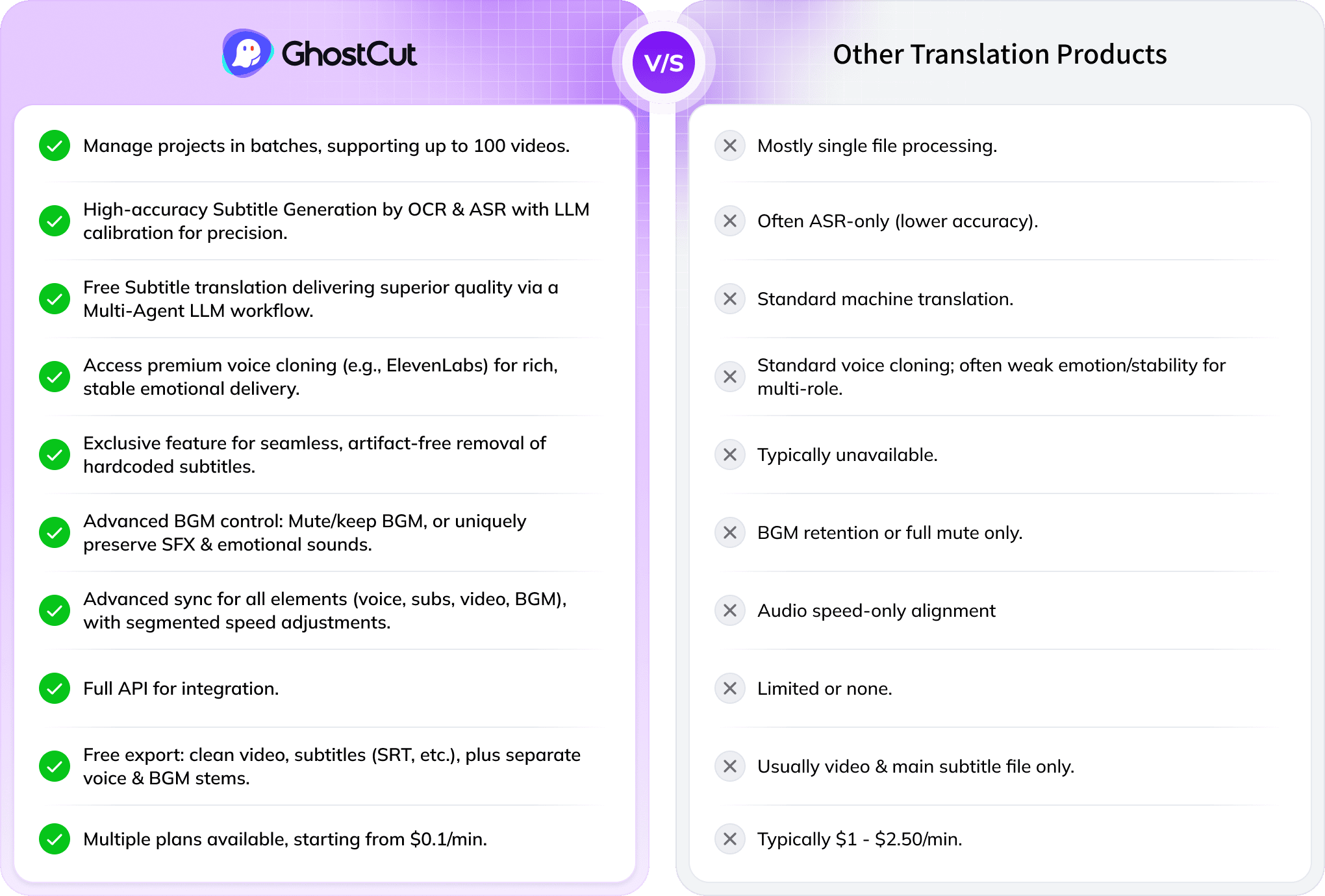
Every Algorithmic Optimization, Engineered for Quality Japanese Video
Mastering Long-Form Bilibili Drama & Multi-Character Dubbing
Translating a 100-minute Bilibili drama with 4000+ lines and many characters into Japanese is tough. Standard AI struggles to tell speakers apart, causing errors. GhostCut’s multi-modal AI (video, voice, text) excels in long-form, multi-speaker content, ensuring accurate, consistent character voices across entire series.
Translate Now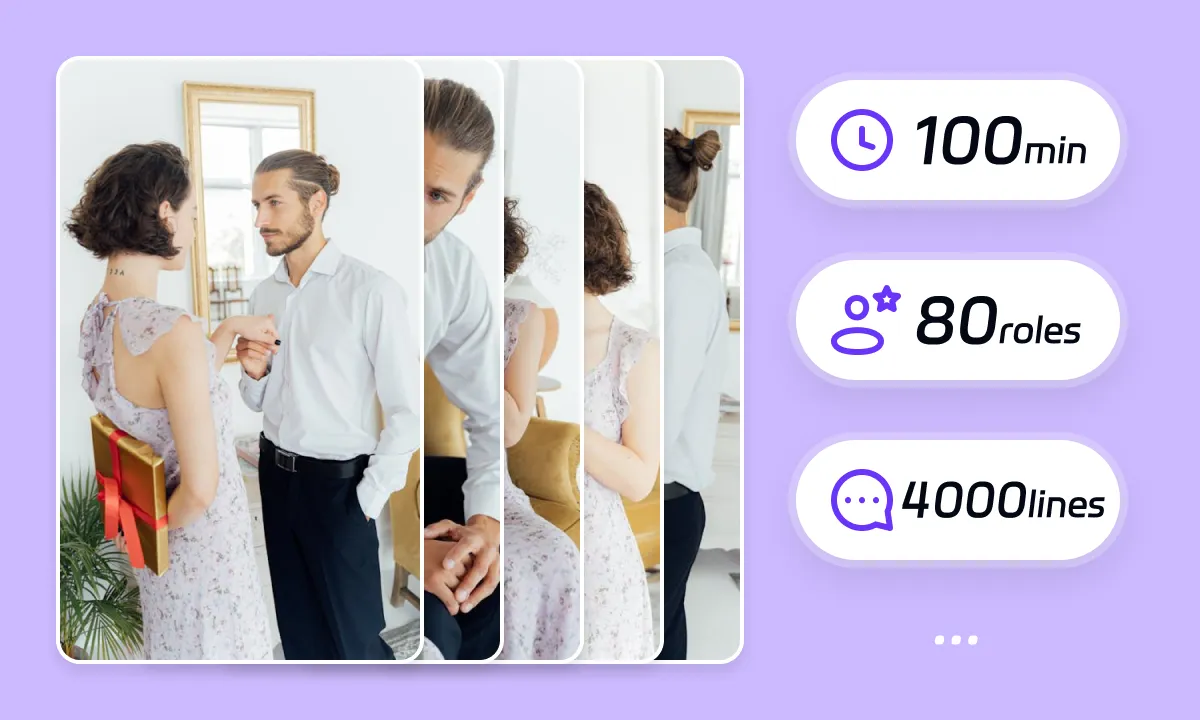

Seamless Japanese Dubbing & Perfect Lip-Sync
GhostCut ensures natural Japanese audio flow by treating related subtitles as whole ideas for TTS. It then precisely times new Japanese subtitles. Since Bilibili-to-Japanese translation can change speech length, our AI expertly adjusts the new Japanese audio, subtitles, video, and BGM to maintain perfect sync, just like a seasoned editor.
Translate NowBoost ROI with Flawless Bilibili Subtitle Removal
Original Bilibili hardsubs can limit your video's global appeal. GhostCut’s AI doesn't just blur; it intelligently reconstructs the background obscured by Bilibili subtitles, even complex ones, for a perfectly clean, high-quality visual. This means better viewer engagement, longer watch times, and higher ROI.
Translate Now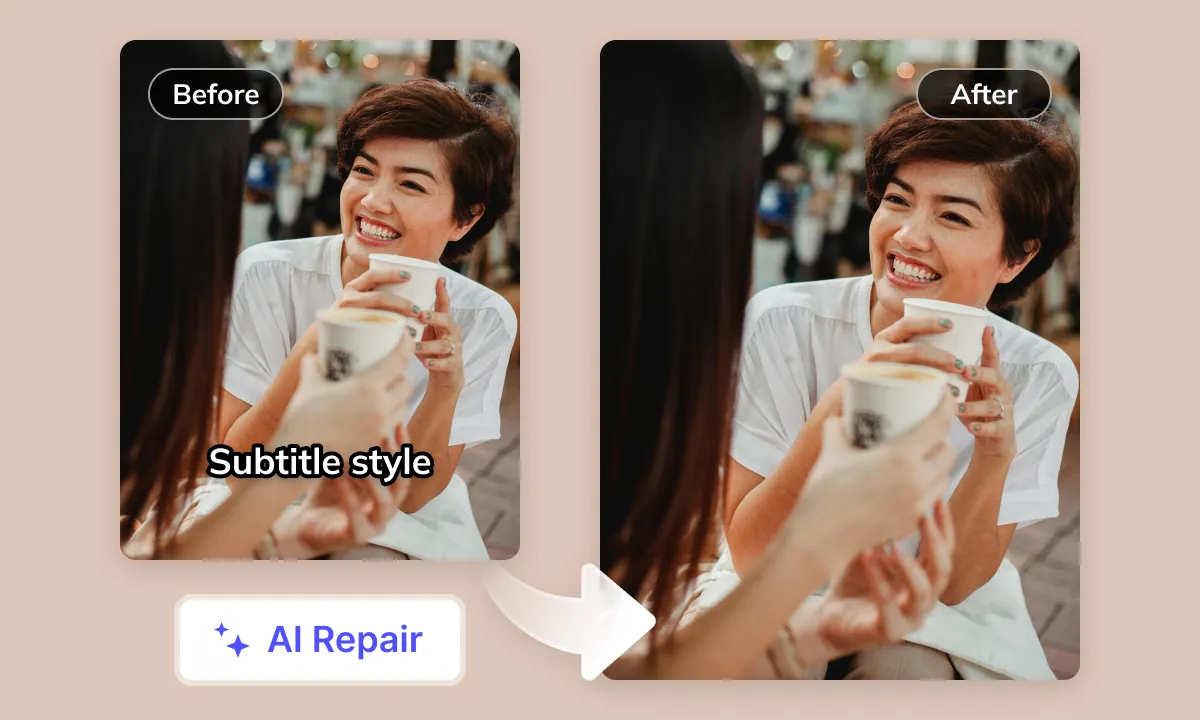
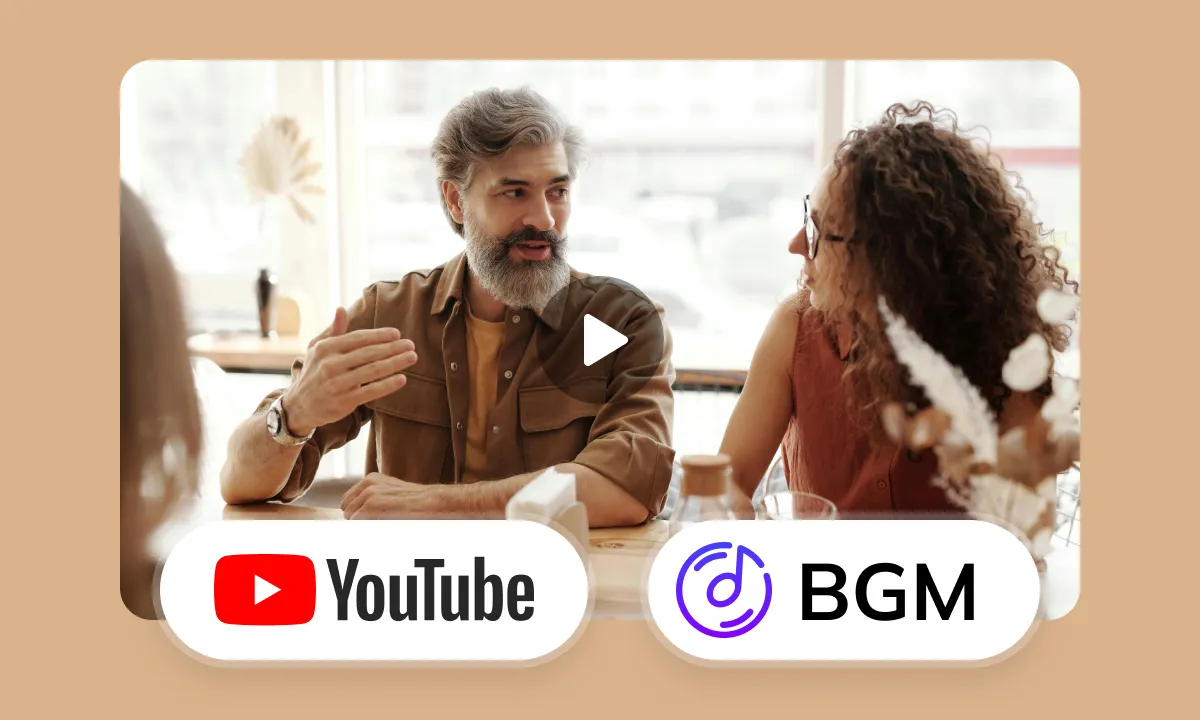
Smart Audio Control for YouTube Creators
Navigating BGM copyright on YouTube is tricky. GhostCut’s advanced audio separation isolates Bilibili dialogue for translation, while intelligently managing BGM, sound effects, and even emotional expressions. Our "Keep SFX, Remove Music" option is a creator favorite for avoiding copyright issues without losing your video’s impact.
Translate NowYour Bilibili Videos Deserve a Japanese Audience
Your Bilibili videosbe they popular anime reviews, original animation, expert insights, or daily vlogsoften struggle to reach Japan's vast audience due to language barriers. For Japanese users eager to understand Chinese culture, a lack of quality Japanese translation and dubbing makes non-Japanese videos difficult to grasp, severely impacting the viewing experience and content reach in Japan. Thus, a professional, efficient AI video translation and dubbing solution is urgently needed to localize Bilibili content into Japanese, allowing it to easily transcend borders
Bilibili (B站) Content Localization for Japanese Audiences: Challenges Strategies
Handling Original Content Features
Bilibili videos often feature creator-generated or platform-embedded Chinese hardcoded subtitles, unique original voiceovers, and even background narration. A fundamental challenge lies in effectively processing or replacing these native elements when translating into Japanese to prevent disrupting the Japanese audience's viewing experience (e.g., hardsubs obscuring the screen, or conflicts with dual Chinese-Japanese audio)
Cultural Linguistic Nuances
Bilibili content is deeply intertwined with Chinese internet culture, community-specific slang and memes (e.g., ACG, gaming), and creators' unique Chinese expression styles. These vastly differ from Japanese linguistic habits, community culture, and honorific systems. Direct translation often fails to convey the original meaning or essence. The core challenge is adapting this highly contextualized content to Japanese expression norms while retaining Bilibili's distinctive 'flavor'
Subtitle Display Danmaku Considerations
Bilibili video subtitles are often information-dense and accompanied by danmaku interactions. The Japanese writing system (kana, kanji) has different visual characteristics from Chinese. Translating into Japanese subtitles requires re-planning layout and sentence breaks, considering screen space limitations to prevent overly long or dense subtitles from affecting viewing, and also anticipating potential overlaps with Japanese danmaku
Information Density Pacing Adjustment
Bilibili creators exhibit diverse speech speeds, and some content, particularly knowledge-sharing or live streams, is highly information-dense. Translating Chinese content into Japanese can alter the pace of information delivery due to differences in sentence structure and expression. The challenge lies in maintaining the original video's information volume while ensuring Japanese voiceovers or subtitles align with the Japanese audience's reception rhythm
Complex Audio Non-Standard Speech Recognition
Bilibili videos present a complex audio environment, often blending game sound effects, BGM, and live stream interactions. Creators also exhibit diverse accents, incorporating numerous internet neologisms, abbreviations, catchphrases, and even intentionally distorted pronunciations. All these factors significantly increase the difficulty of Chinese ASR (Automatic Speech Recognition), directly impacting the accuracy of subsequent Japanese translation
Japanese AI Voice Naturalness Emotional Fidelity
While the number of Japanese AI voices on the market is growing, finding high-quality AI voices that sound natural, are emotionally rich, and can accurately mimic diverse creator styles (e.g., excited, calm, humorous) or video atmospheres (e.g., educational, entertainment, emotional) remains challenging, especially when processing Japanese-specific particles and subtle emotional nuances
Perceived Audiovisual Synchronization Cohesion
Chinese and Japanese languages involve different mouth shapes and facial muscle movements during pronunciation. When dubbing Bilibili videos with a Japanese audio track, even if frame-by-frame lip-sync is not achievable, the aim is to achieve 'perceived synchronization' visually and audibly. This means ensuring the voiceover's emotion, intonation, and pacing align with the on-screen characters' expressions, actions, and video edit points, which heavily tests the precision of timeline control
Tackling Video Translation Challenges with AI Empowering your Bilibili content for any worldwide scenario.
Your All-in-One AI Translation Studio
GhostCut offers more than just Bilibili-to-Japanese translation. It's a complete AI-powered workflow: subtitle extraction 、 removal 、 translation and proofreading to multi-character dubbing , BGM processing, and final rendering. Go from Bilibili source to global-ready videos, effortlessly.
